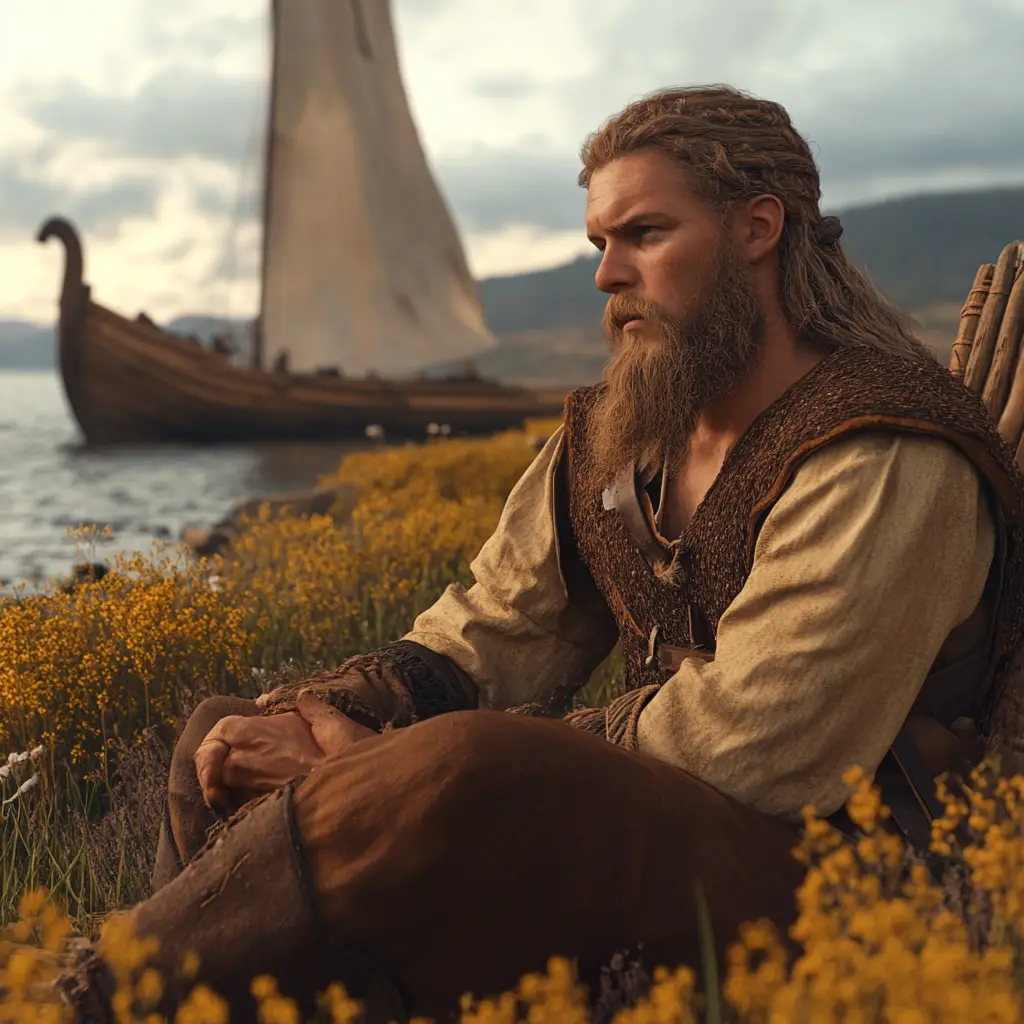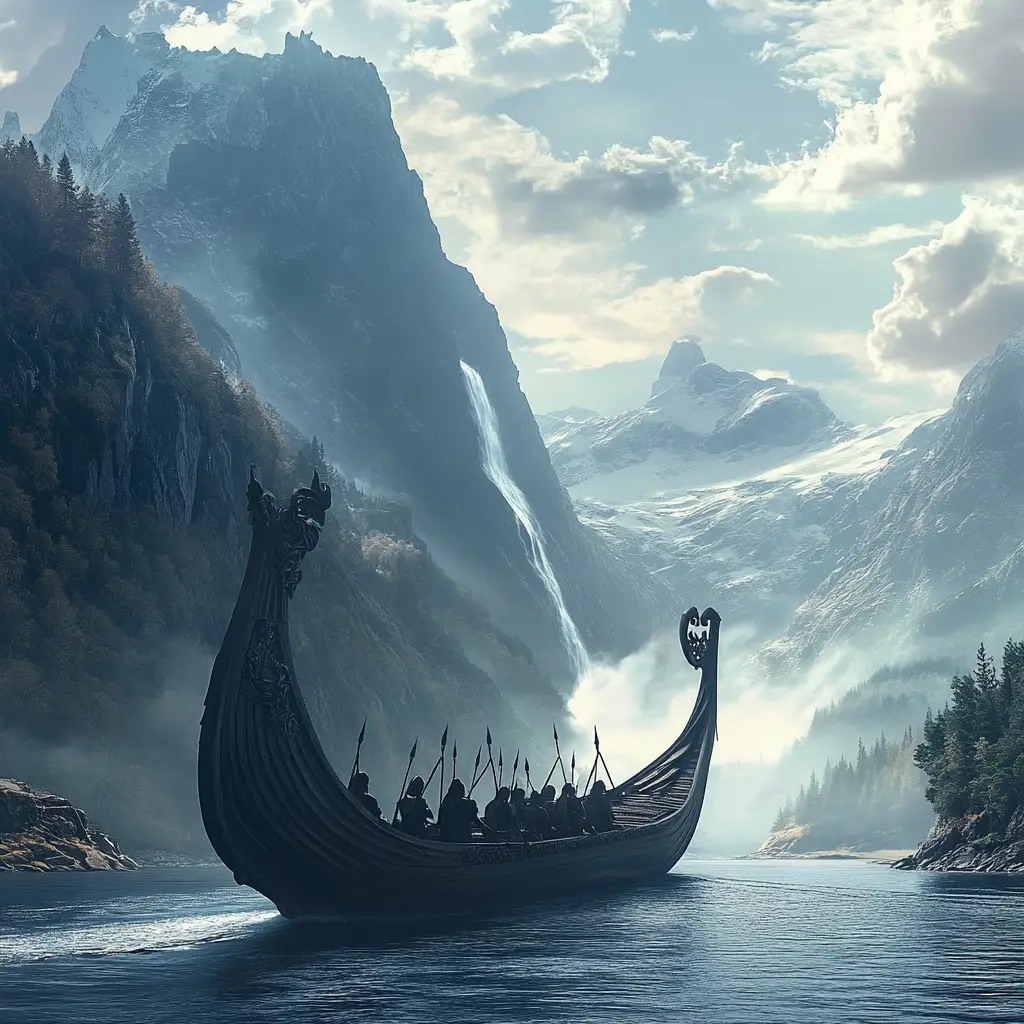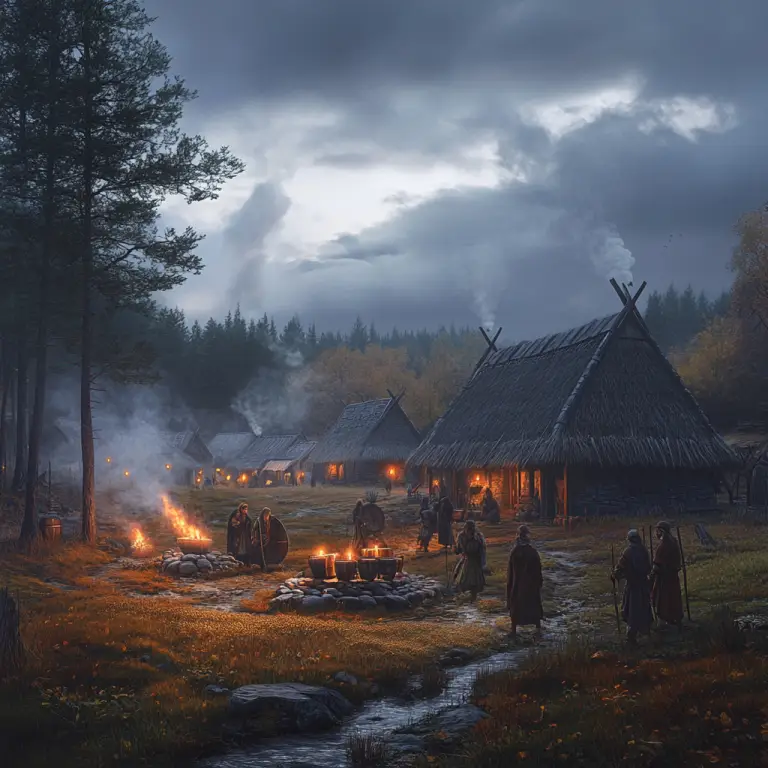The Viking Seasons: A Year in the Life of the Norse World
The Viking year was deeply shaped by the rhythms of nature, the harshness of the Nordic climate, and the practical demands of survival. Unlike our modern calendar, the Norse understanding of the seasons was based less on fixed dates and more on observable changes in the environment and the tasks required during each part of the year. In Old Norse tradition, the year was typically divided into just two main seasons: summer and winter. However, within these halves, life shifted through a rich tapestry of activity, festivals, and seasonal duties that formed the backbone of Viking society.
Summer (Sumar)
Mid-April to Mid-October (approx.)
Summer was the most active and outward-looking season in the Viking calendar. It was the time for voyages, raiding, trading, farming, and exploration. With the ice melted and seas navigable, Viking longships would set sail across the North Sea and beyond.
Key Activities:
- Raiding and Trading: The summer months provided favourable sailing conditions for expeditions abroad. Vikings would travel as far as the British Isles, Francia, and the Eastern trade routes.
- Farming and Herding: Crops were planted, tended, and harvested. Haymaking was crucial to prepare winter feed for livestock.
- Building and Repairs: Ships, homes, and tools were maintained or constructed in the dry season.
- Social and Legal Gatherings: The Thing, or assembly, would often be held in summer, where laws were made, disputes settled, and marriages arranged.
Winter (Vetr)
Mid-October to Mid-April (approx.)
Winter was a time of retreat and introspection, spent mostly indoors due to the freezing temperatures and reduced daylight. Despite this, it was far from idle. Communities focused on sustaining themselves through the harsh months and observing important cultural and religious traditions.
Key Activities:
- Storytelling and Oral Tradition: With more time spent indoors, sagas, myths, and history were passed down by skalds and elders.
- Craftsmanship: Tools, clothing, weapons, and jewellery were made or repaired during the winter using stored resources.
- Feasting and Festivals: Celebrations like Jól (Yule) were held around the winter solstice, honouring ancestors and Norse gods, particularly Odin.
- Animal Care: Livestock were kept inside and fed with hay stored from the summer. Winter survival depended on careful planning and food preservation.
The Transition Periods
While only two main seasons were recognised, the transitions between them were marked with practical and spiritual significance.
- Vetrnætr: The “Winter Nights” festival marked the beginning of winter, held in mid-to-late October. It was a time to honour the dead and make offerings to the gods for protection through the cold months.
- Sigrblót: This spring ritual celebrated the return of the sun and was dedicated to victory and new life, often associated with Odin or Freyja.
A Life in Tune with Nature
The Viking approach to the seasons reflects a society closely tied to the land, sea, and sky. Life was governed by necessity, but enriched with tradition, myth, and communal values. From the relentless activity of summer to the deep quiet of winter, the Norse year was a rhythm of resilience and celebration, one that echoed through every farmstead, fjord, and longhouse in the Viking world.



